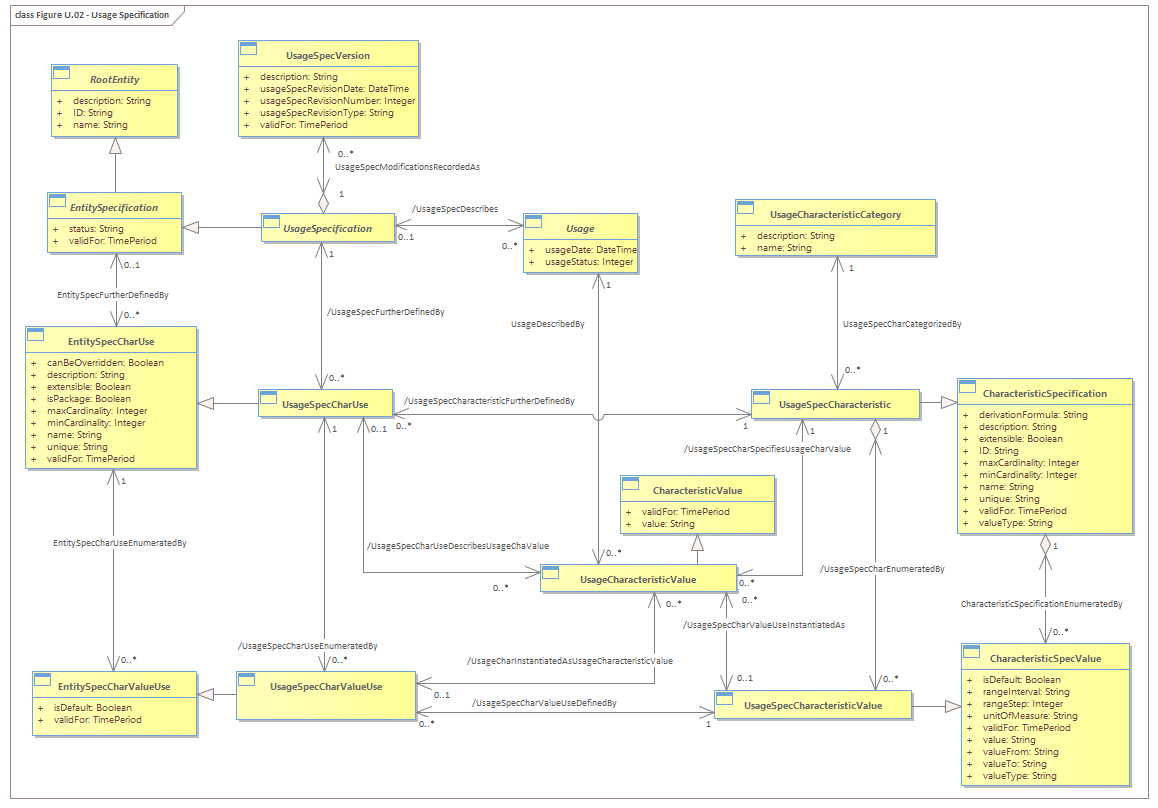Figure U.02 - Usage Specification (copy from Common)

|
Project:
|

Figure U.02 - Usage Specification (copy from Common) : Class diagram
The following Figure shows abstract business entities that are used to model usage. The model shown below is generic.<br/>The UsageSpecification class describes a type of usage. In order to achieve a flexible structure of the UsageSpecification all its attributes are stored as characteristics. Alternatively, different types of usage could be modeled as sub-classes of the Usage entities (Usage, ProductUsage, ServiceUsage, ResourceUsage).<br/>The UsageSpecification is comprised of UsageSpecCharacteristics that define all characteristics (attributes) known by a particular type of usage. Each characteristic is described by its name, category, presence and a set of allowed values.<br/><ul>
<li>Name defines a unique name that identifies the characteristic.</li><li>Category defines one of the high-level aspects of the usage information described by the characteristic. These categories are commonly referred to as: Who, When, What, Where, and Why.</li><li>Min and Max cardinalities that defines whether the characteristic is required or optional.</li></ul> Additional details about the Characteristic pattern can be found in GB922-1R Root Business Entities addendum.<br/>The set of allowed values is modeled with UsageSpecCharacteristicValue. This class describes all allowed values or value ranges.<br/>The Usage class represents a usage event. It is described by the UsageSpecification and comprised of UsageCharacteristicValues that hold data attributes of a usage specified by UsageSpecCharacteristics. The UsageCharacteristic can either store its value in the usageCharValue property or reference predefined UsageSpecCharacteristicValue.<br/> |


